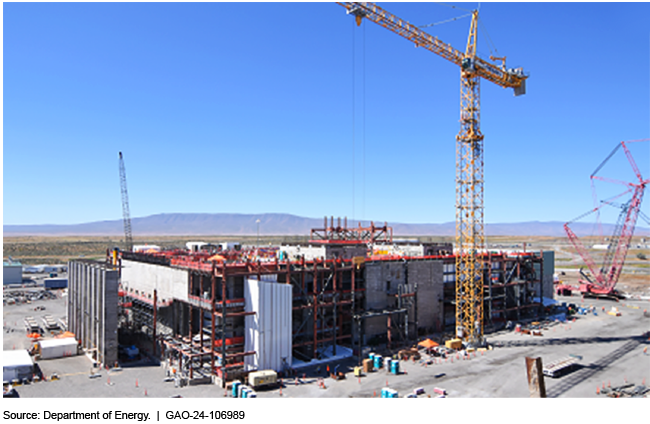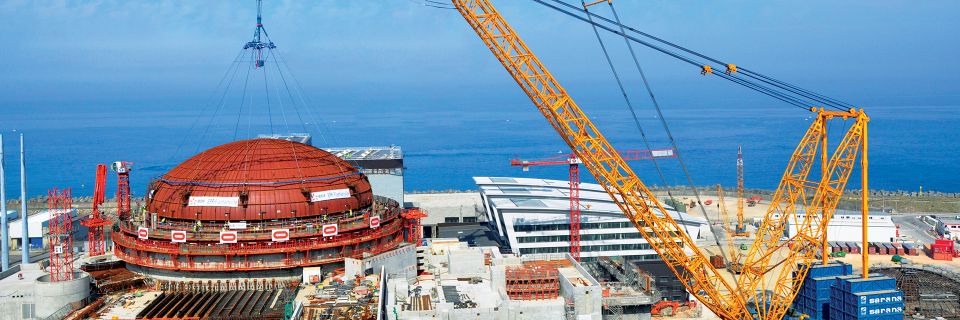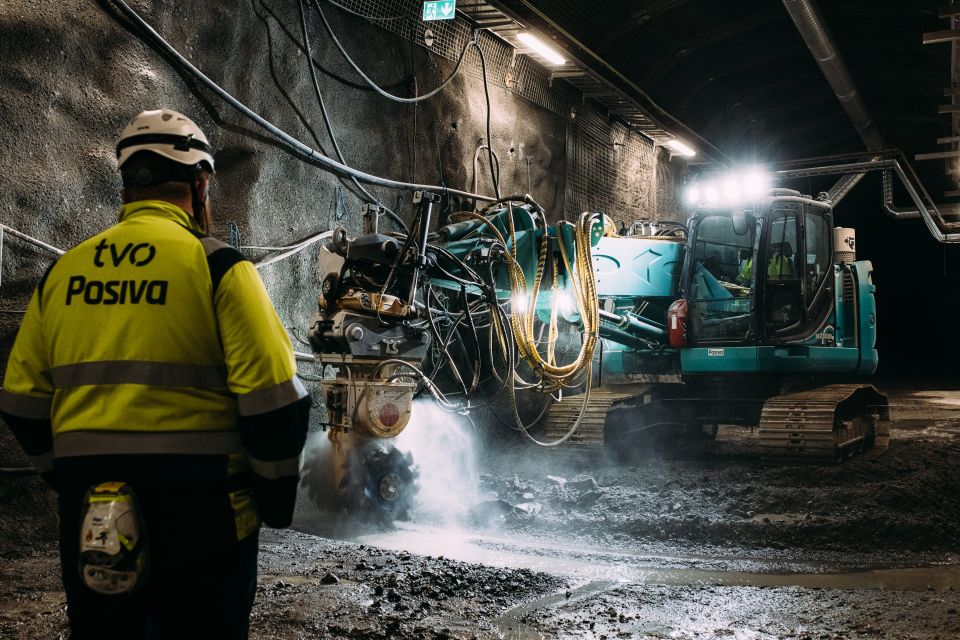The recommendation was one of several the GAO made in a report on the challenges facing the DOE’s planned treatment and vitrification of Hanford’s approximately 3 million gallons of HLW. Hanford holds about 54 million gallons of mixed radioactive and chemical waste stored in underground tanks that are to be immobilized in glass through vitrification.
The report, Hanford Cleanup: Alternatives for Treating and Disposing of High-Level Waste Could Save Billions of Dollars and Reduce Certain Risks (GAO-24-106989), was published on September 26.
The recommendations: In assessing the DOE’s approach to Hanford’s HLW, the GAO made three recommendations to the department, including pausing construction of the HLW Facility. The GAO also recommended that the DOE pursue research and development projects aimed at using known waste treatment approaches that could potentially reduce risks, schedule, and costs, and that the DOE conduct an independent analysis of opportunities to optimize the portions of Hanford waste that should be managed as HLW based on the physical characteristics of the waste.
In addition to the recommendations to the DOE, the GAO also recommended that Congress should consider clarifying the DOE’s authority to determine whether portions of the tank waste can be managed as either low-level or transuranic waste.
The recommendations stem from meetings convened by the GAO and the National Academies of Sciences, Engineering, and Medicine in early 2024, during which alternative approaches for addressing Hanford’s HLW were discussed. According to the GAO, experts have suggested that the HLW Facility as currently designed may not be needed if alternative treatment options, such as immobilization in grout, can be implemented.
The response: In the DOE’s written response to the GAO, senior advisor with the DOE’s Office of Environmental Management Candice Robertson agreed with two of the GAO’s recommendations but balked at considering a delay in the construction of the HLW Facility. Robertson said that the DOE could not implement the action, as it would be inconsistent with the consent decree the department has with the state of Washington, including the recent changes to the decree that were made as part of the recent holistic agreement with the Washington State Department of Ecology and the Environmental Protection Agency.
“Further, there is no technically feasible, viable alternative to vitrification of HLW; therefore a vitrification treatment facility with associated safety systems is necessary,” added Robertson.
In its own response, the EPA likewise disagreed with the recommendation to pause construction, calling the recommendation “the most problematic” of the report. Noting the time and effort that was spent on negotiating the holistic agreement objectives and deadlines, the EPA wrote, “Recommending a pause to [the HLW Facility] upends these negotiations and ignores the product of these difficult, but fruitful, negotiations and will lead to inefficient additional resource investment and delay.”








